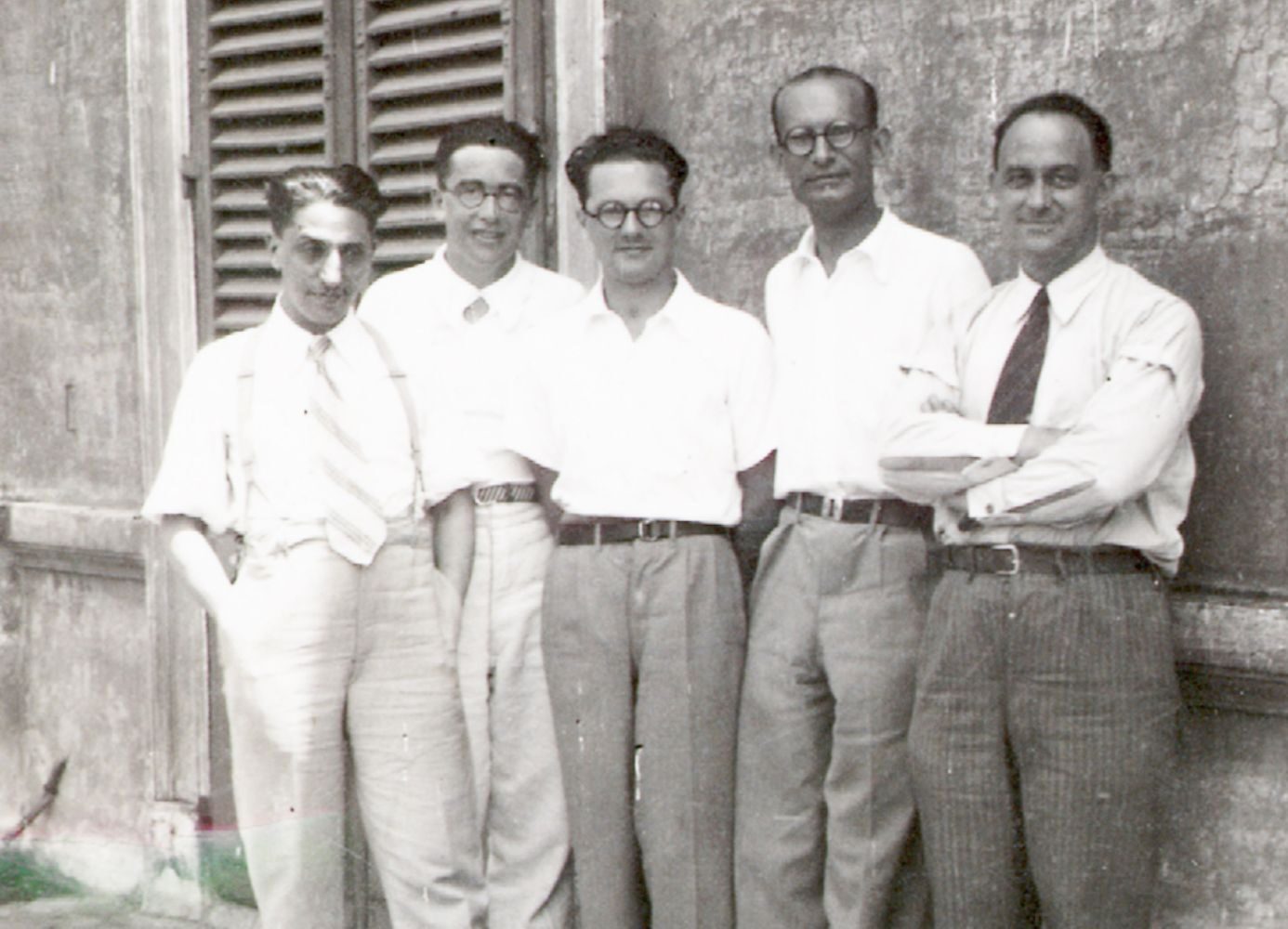INFN is the national public research institute dedicated to studying the elementary constituents of matter and the fundamental laws of the universe. Its scientific mission is “to promote, coordinate, and undertake scientific research in nuclear, subnuclear, astroparticle and fundamental interactions physics, which also involve technological research and development relevant to the activities in these sectors” (art. 2, INFN Statute).
In Italy, the national research system consists of public and private parties who undertake scientific and technological research. In particular, INFN carries out both theoretical and experimental cutting-edge research in the fields of nuclear, elementary particle, and astroparticle physics. It works in close cooperation with the main Italian universities and in a highly competitive international context, but also, and above all, in large scientific collaborations.

